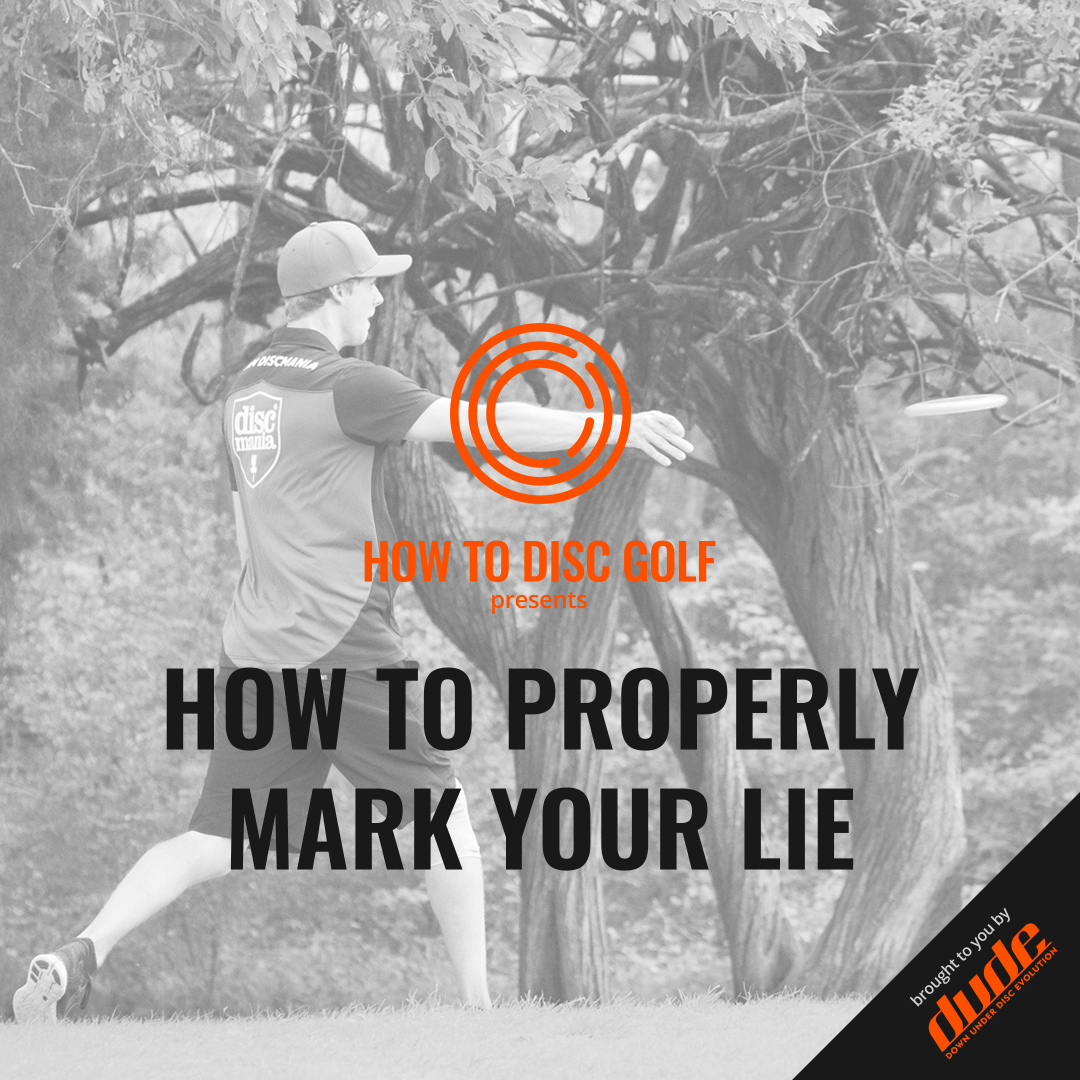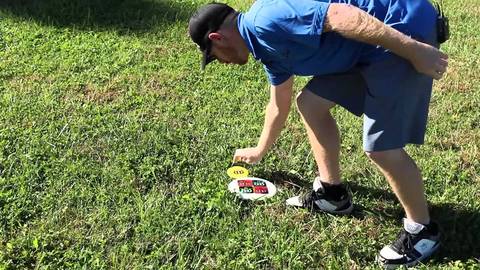
We’ve all seen it happen during tournament play before: someone fails to mark their lie or does so incorrectly. If it happens once, it’s no big deal, but repeated occurrences can tend to make you a little frustrated. To ensure that you’re not the one with the offending behavior, we wanted to cover the basics of when you may want to mark your lie. As the PDGA recently modified their ruling around this exact topic, it seems rather timely.
To Mark Or Not To Mark?
Whether you’re competing in an event or simply playing around with friends, there are a few instances where you may choose to mark your lie. Keep in mind that the object you use during tournament play, typically a mini marker must be approved by the PDGA.
Here’s when to mark your lie:
- When you want to use the same disc on your next shot. Marking your lie is a simple way to know exactly where you need to stand once you pick your disc up off of the ground.
- When you want more time to address your putt. Sometimes a tricky stance will give you the reason to pause and think, and by most interpretations of the rule, your 30 seconds to putt only starts once you mark your lie.
Here’s when it makes sense to wait:
- As mentioned above, a tough shot might perplex you for a moment or two. While you’ll ultimately want to mark your lie, waiting to do so might give you an advantage.
- Some players have specific putting routines that involve when and how they mark their lie. Although you won’t see it often, some habitually choose not to use a mini marker and instead stand behind the disc they threw on their previous shot.
Things To Consider
Aside from knowing where your last throw ended up, marking your lie has a true benefit during competitive play. Whether you’re on the tee box, in the fairway, or lining up a putt, the PDGA ruling states that you must not cross over a specific area with the disc in your hand or you run the risk of a foot fault.
A penalty stroke will be issued if you foot fault during a tournament, with penalty strokes issued for subsequent offenses. In short, marking your lie is a serious rule to follow. However with the new rule change in effect, how exactly do players address their lie moving forward?
The PDGA ruling states:
“In all other cases, the lie is a rectangle that is 20cm wide and 30cm deep, centered on the line of play behind the rear edge of the marker disc. The line of play is the imaginary line on the playing surface extending from the center of the target through and beyond the center of the marker disc. The marker disc, or marker, is the disc used to mark the lie according to 802.06.”
This change now gives players the equivalent space of a standard sheet of paper from which to throw their shot from. Instead of having your foot directly on the line of play behind your mini marker, a bit more leeway is granted. Not only can difficult shots be approached with a little more ease, but it also allows players more space to ensure they don’t step on or kick their lie during their throw for any reason.
How do you feel about the new PDGA rule change? Will it affect the way you play, or is it not a big enough of a deal to make a difference? We’d love to hear your thoughts in the comments below!







Leave A Comment